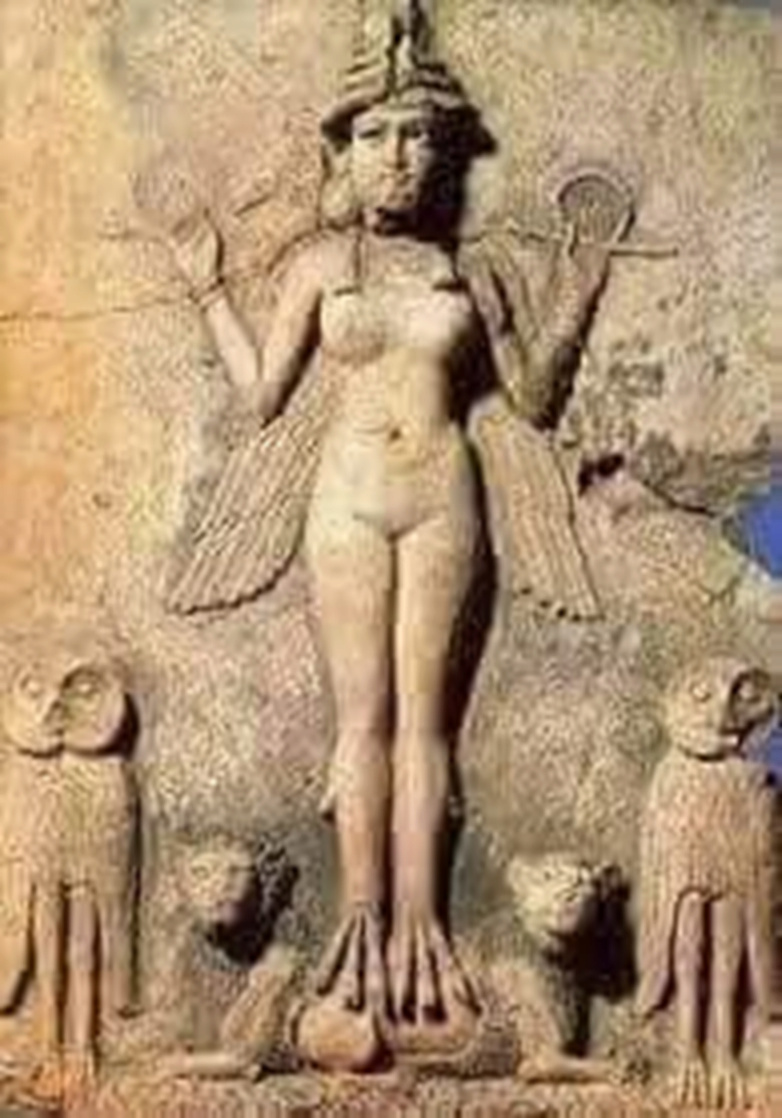Akito Brijo on the occasion of the first of April

Before we plunge into the Fool's Day lie, I would like to clarify the information about which the Syrian is more concerned than anyone else...the Syrian who lost the compass and history:
Instead of lying, let us celebrate the Syrian New Year 6765, and this is the truth:
The Syrian calendar is one thousand years ahead of the Hebrew calendar and five hundred years ahead of the ancient Pharaonic calendar, and it is linked to the myths of fertility emanating from the conditions of nature and the succession of the seasons.
The Syrian calendar is associated with Ishtar, the first mother goddess who gives birth to life, the morning and evening star at the same time. The goddess whom ancient texts describe as “in whose mouth lies the secret of life, and from whose smile spreads security and tranquility in souls.” Ishtar, who is known in legend as “Mother of Zulf”. She is the same mother of Zalf, to whom people still sing in the natural countryside of Syria: “Ala Ain Yum Zalf, Zalfa, O Mulia.” Yes, we sing about Ishtar without realizing it. In Syriac, the word “Zalf” means many things, the first of which is: “the woven garment, adornment, beauty...etc.”
“As for the word “Mullia,” it means: “fertility, abundance, fullness, satisfaction...etc.” All of these meanings are related to Ishtar, the mother, the earth, and nature. Syrian New Year celebrations began on the twenty-first of March. The first four days are devoted to presenting plays and telling myths.
After that, religious celebrations begin to reach their peak on the Syrian New Year’s Day on the first of April, and then continue until the middle of the month on the Eastern calendar. During all this period, it was forbidden for people to scold children, punish slaves, carry out daily chores, or convene courts.
What surprised me is that the names of the Syrian months are still the same as they have been since ancient times and are connected to the cycle of nature. March, in which the celebrations begin, is the month of blossom, April - spring, May - light, June - the wheat harvest, July - the loss of the fertiliser, Habib Ishtar, September - “Ululu”. The month of birth comes to “July” due to the disappearance of its fertility...etc.
The truth is that the celebration of the Syrian New Year continued in our country over thousands of years, under the name of the Fourth Eid, until security necessities eclipsed it years ago. On the fourth of April according to the Eastern calendar, which coincides with the seventeenth of April according to the Western calendar, weddings were held and weddings were held. , throughout the Syrian coast. It is true that the emperors of Rome, when they ruled this land, tried to impose their names on our calendar, such as Julius and Augustus, but their mark was erased with their demise.

((My friend believes that this holiday was taken from us three times: the first when the Julian calendar was imposed, the second when the lunar calendar was imposed, and the third when Charles IX, King of France, four hundred and fifty years ago, ordered the adoption of the Gregorian calendar and the transfer of New Year from the first of April to the first of December. Second: The Syrian New Year was called April Fool, which is a phrase used to refer to anyone who forgets that New Year was moved from April 1 to January 1.
What is saddening is that, due to our negligence, we kept up with our opponents in mocking our heritage, so we adopted April 1 as a holiday of lies, ignorant that it was our holiday that was wasted by our ignorance!
Source: websites

